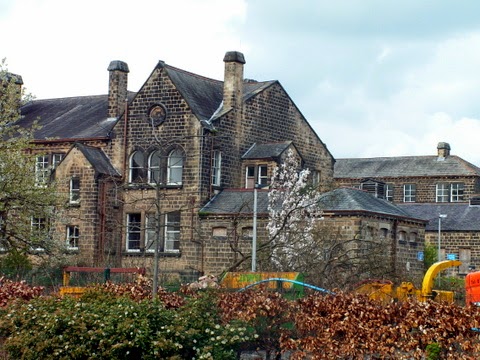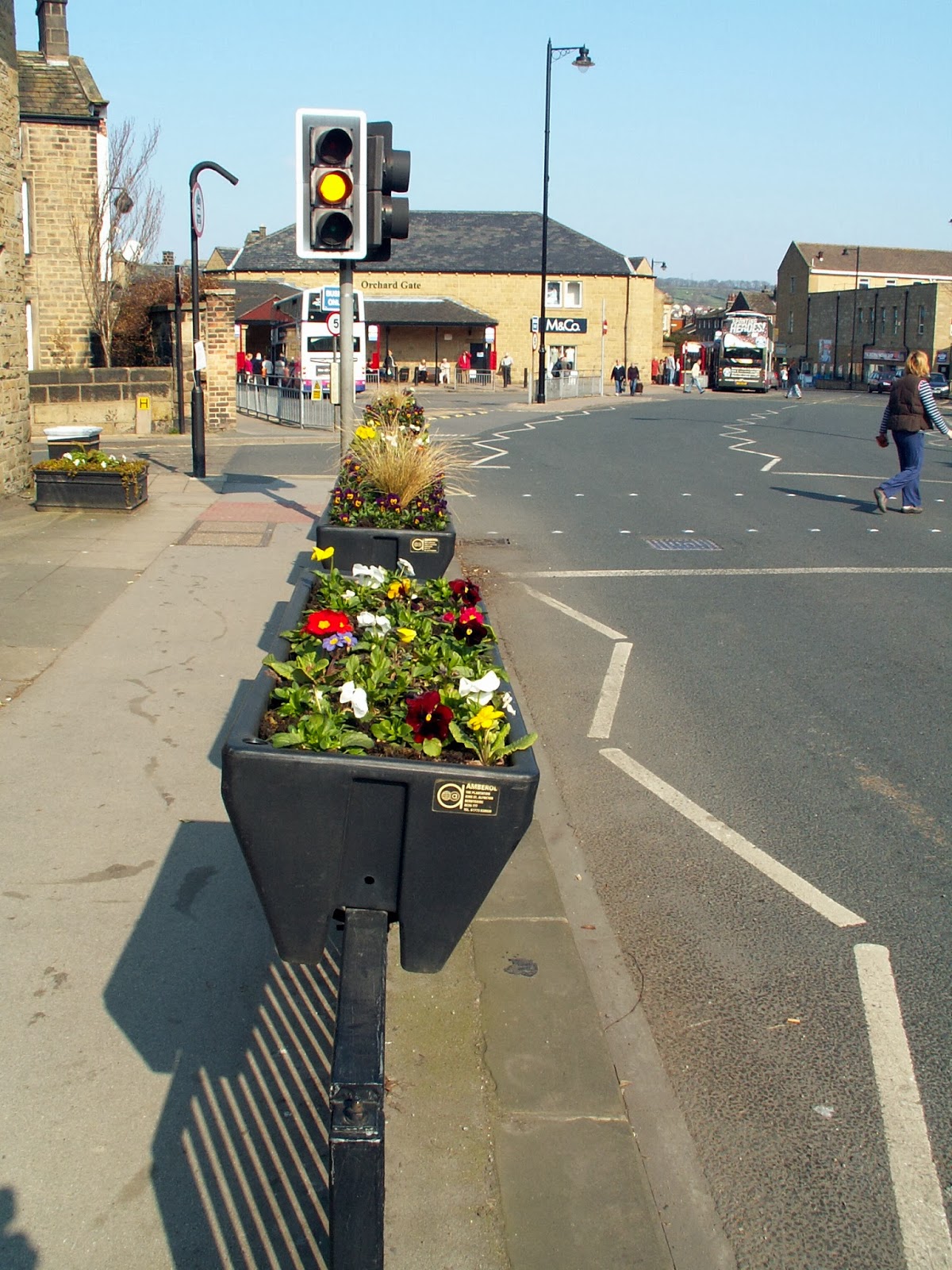Otley has a multitude of activities throughout the year.
Otley Agricultural Show, said to be the oldest one day show in the country. Established in 1796 it is held annually in May.
The town Carnival which is held in June is a very popular event and in 2014 will be the start of a two week build up to The Tour de France.
The town is particularly associated with cycling and each year in June there is a cycle race round the streets. In 2014 it will be held a bit later to coincide with
The Grand Depart of the prestigious Tour de France cycle race which will
pass through Otley.
The town received a boost when local girl Lizzie Armitstead won a silver medal
for cycling in the 1012 Olympic games in London and she received a tumultuous reception on her return home.
Otley Folk Festival is held in September whilst the ever popular Victorian Christmas Fayre takes place in December in the run up to Christmas.
At Easter each year the combined Otley churches erect a huge wooden cross,
30 feet high with a span of 16 feet, on The Chevin.
A plaque reads :
This cross which is erected every Easter reminds us of the eternal love God has for every person. It is made from wood salvaged from the Manchester bomb outrage on 15th June 1996.
Otley is close to Leeds Bradford Airport situated just south of The Chevin, but fortunately most of the air traffic travels to the south away from the town.
.JPG)
.JPG)





































































